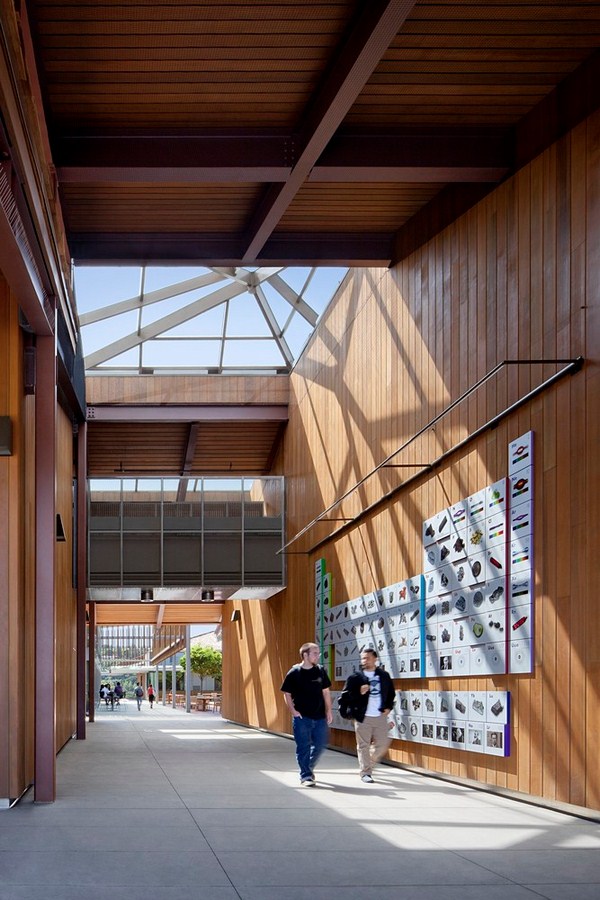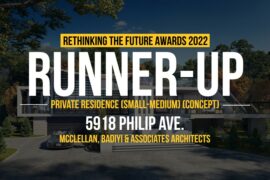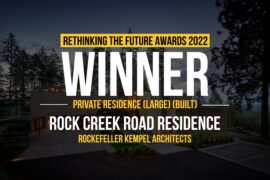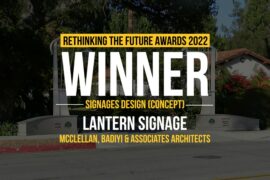Project Info
Architects: Ratcliff
Location: Foothill College, El Monte Road, Los Altos Hills, CA, USA
Year: 2013
Photographs: David Wakely
Program Manager: Gilbane Building Co.
General Contractor: Hathaway Dinwiddie Construction Co.
Structural Engineer: Forell/Elsesser
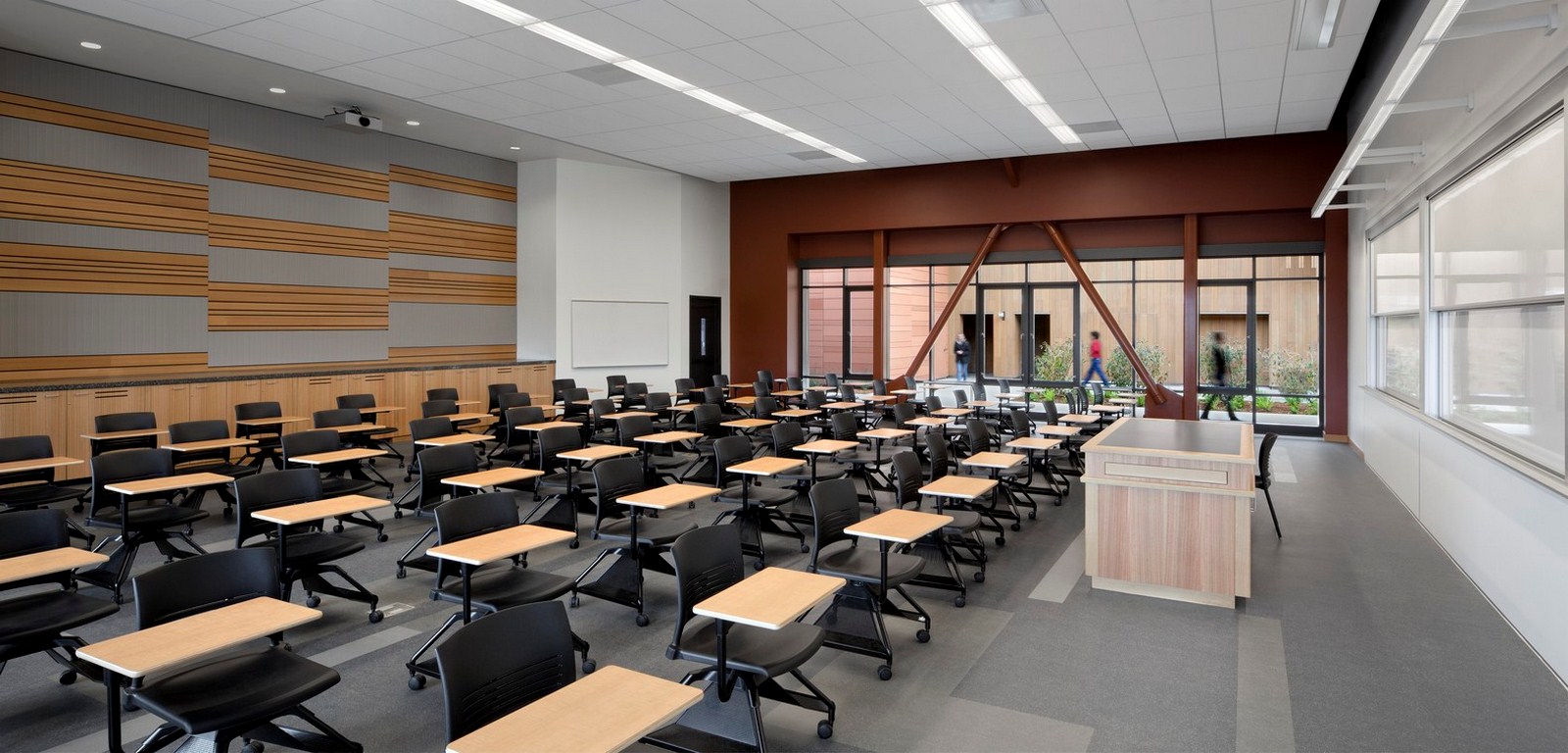
Introduction
This spring, Foothill College, located in Los Altos Hills, California, in the high-tech heart of California’s Silicon Valley, unveiled its new Physical Sciences and Engineering Center (PSEC). Designed by Ratcliff, this major expansion to the historic and architecturally significant Foothill College delivers state-of-the-art facilities in a three-building complex that graciously marries the campus vernacular architecture with high-tech design solutions required by today’s learning environments.

details
Foothill’s PSEC features integrated instructional technology and classrooms, state-of-the-art laboratories and equipment and signature art installations. The complex incorporates multiple sustainable features designed to enhance student learning and is on target to achieve LEED® Silver rating. Classrooms were designed with a focus on flexibility, active learning, smart technology integration and natural daylight. The center also houses the Foothill College Science & Learning Institute (SLI), which promotes an innovative instructional model drawing on educational research and best practices to support successful teaching and learning of STEM-related content.

“Foothill has the potential to be the CalTech of community colleges, and our new PSEC and the STEM curricula it supports are a key part of our goal to deliver better educated students into the Silicon Valley workforce,” said Foothill Physical Sciences, Mathematics & Engineering Division Dean Peter Murray, M.S. “The Ratcliff team were excellent collaborators with the college, and the results of that collaboration are evident: The PSEC is more than just another building, it is a locale dedicated to interdisciplinary teaching and applied learning.”
Fifty years ago, Foothill was a blank canvas of rolling hills. Designed by Ernest J. Kump and Masten & Hurd, in collaboration with landscape architect Peter Walker, the campus was constructed in 1961. The completed campus won numerous accolades for design excellence. The American Institute of Architects bestowed the campus its highest honor award in 1962 and an award of merit in 1963. In 1980, the campus received a special commendation from the AIA for “excellence in design that has stood the test of time.” The new project is receiving its own share of design awards, including the AIA East Bay’s highest honor award, presented September 19. (An awards listing follows.)
“With the goal of blending seamlessly with the existing campus, the design aesthetic is deliberately contextual when viewed from without. Once within the main courtyard, new materials and detailing announce a more modern architectural expression, reflective of the goal of providing a new STEM facility for 21st century learners.” said William Blessing, principal architect with Ratcliff.
The 56,000 square foot PSEC comprises three separate pavilions–Classroom, Laboratory and Commons– housing Engineering, Chemistry, Physics and Nanotechnology departments. The three buildings together harmonize and integrate effortlessly with the historic campus.
The design for the classroom and laboratory buildings evolved directly from the distinctive typology of the onestory pavilions with deep roof overhangs found throughout the original campus. In turn, the new pavilions reinterpret the existing by incorporating sloped wood shake roofs with articulated roof beams and generous roof overhangs and introducing a new rain screen system of wood siding, on the perimeter, and Ultra High Performance Concrete (UHPC) panels, on the courtyard side.
The Commons building strikes a more modern chord; with a glass and metal shed roof, an expansive storefront opening to a covered patio, and a terra cotta rain screen, evocative of the brick found on the main campus. This building has a connectable set of flex spaces – the café, lounge and conference room – along the west storefront wall facing the courtyard. This highly flexible space can be fully opened to an exterior “room” under a patterned glass shade roof providing a large social space to support various school and community functions.
As evidenced in the historic campus, a new 36,400 square foot Science Courtyard is the organizational element for the new pavilions, the place where Foothill students now congregate casually or attend planned events. The center also includes a lower plaza anchored by an iconic Corten-steel-sheathed elevator tower that announces the new campus expansion and creates a direct link across the perimeter Loop Road to the inner campus. The PSEC, which cost approximately $41.6 million, was funded by Measure C, a capital improvement bond approved in 2006 by voters in the Foothill DeAnza Community College District.


